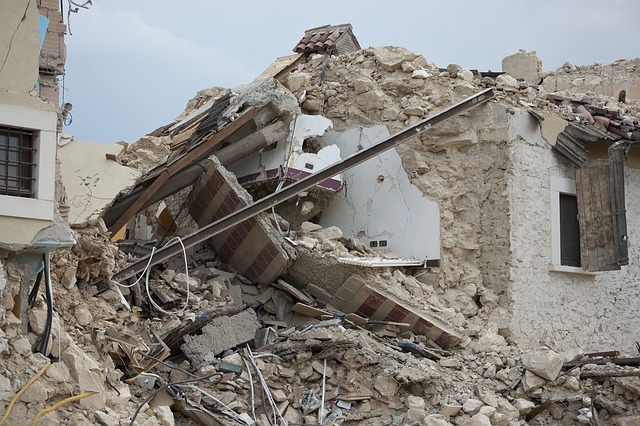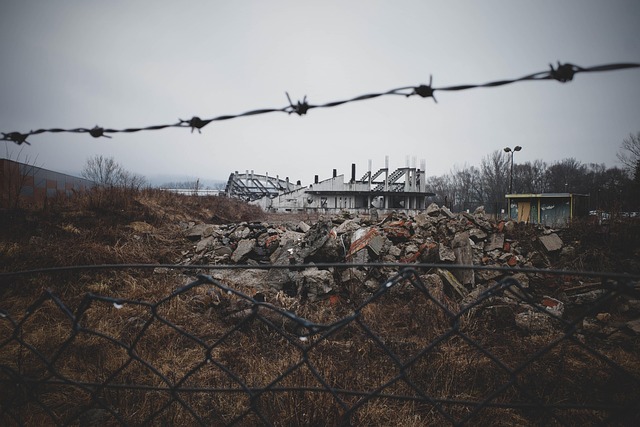San Antonio's winters pose challenges like frozen pipes, causing significant damage to outdated plumbing systems. Homeowners should take proactive steps such as insulating exposed pipes, using heat tape, clearing drains, and ensuring proper ventilation to prevent costly repairs. Effective prevention strategies are key to disaster reconstruction, enhancing building resilience against winter weather events in San Antonio. Interior design plays a crucial role in restoring homes and families' normalcy post-disasters, focusing on structural integrity, efficient restoration, and implementing solutions like improved insulation and moisture-resistant materials for better resilience.
San Antonio, like many regions, faces unique challenges during winter, particularly when it comes to pipe bursts caused by extreme cold. This article explores comprehensive strategies for disaster reconstruction and prevention, focusing on interior design’s role in restoring homes after such incidents. We delve into understanding the impact of winter on local pipes and provide proactive measures to prevent costly burst pipes. By combining practical tips with creative design solutions, homeowners can enhance resilience and swiftly rebuild their spaces.
- Understanding Winter's Impact on San Antonio's Pipes
- Proactive Measures: Disaster Reconstruction and Prevention Strategies
- The Role of Interior Design in Restoring Post-Disaster Homes
Understanding Winter's Impact on San Antonio's Pipes

San Antonio, like many cities across the country, faces unique challenges during the winter months due to extreme temperature drops. One of the most significant concerns for homeowners and businesses alike is preventing burst pipes. The freezing weather can cause water inside pipes to expand, leading to potential ruptures and costly damage. This issue is particularly prevalent in older buildings with outdated plumbing systems.
To mitigate the risk of frozen pipes, it’s crucial to take proactive measures. Homeowners should consider insulating exposed pipes and using heat tape or thermal protection products to keep them warm. Regular maintenance, such as clearing debris from drains and ensuring proper ventilation, can also help. Additionally, understanding the potential risks and taking preventive steps is key to avoiding costly reconstruction and restoration work in the future.
Proactive Measures: Disaster Reconstruction and Prevention Strategies

In the face of natural disasters, proactive measures play a pivotal role in disaster reconstruction and prevention. For regions like San Antonio facing harsh winters, one critical area of focus is preventing burst pipes. This involves implementing robust insulation systems to protect pipelines from extreme cold, especially in older buildings. Homeowners and property managers should consider retrofitting their structures with better insulation and heating mechanisms to mitigate the risk.
Additionally, regular maintenance checks can identify potential issues before they escalate. In terms of disaster reconstruction, this includes thorough assessments post-disaster to understand damage patterns and implement effective restoration strategies. By combining preventive measures like pipe protection with proactive post-disaster planning, communities in San Antonio can better withstand and recover from winter weather events, ensuring the longevity and safety of buildings and their inhabitants.
The Role of Interior Design in Restoring Post-Disaster Homes

In the aftermath of a disaster, such as a severe storm or flood, interior design plays a pivotal role in restoring homes and helping families regain a sense of normalcy. One of the critical aspects is addressing potential issues like preventing burst pipes during winter in San Antonio, which can significantly impact the structural integrity and overall restoration process. Skilled designers assess the damage and work with contractors to implement solutions that not only fix physical damages but also enhance the property’s resilience against future disasters.
By incorporating specific design strategies, such as improving insulation, using moisture-resistant materials, and installing efficient heating systems, interior design professionals contribute to creating more durable and comfortable living spaces. These measures are essential in mitigating further damage, ensuring the safety of residents, and providing a foundation for a successful reconstruction process that considers both practical needs and aesthetic restoration.
In conclusion, navigating post-disaster scenarios, such as those exacerbated by harsh winters like San Antonio’s, requires a multi-faceted approach. While understanding and mitigating the impact on plumbing through proactive measures like preventing burst pipes is crucial, interior design plays an equally vital role in restoring homes. By combining these strategies, we can foster resilient communities that swiftly recover from disasters, ensuring comfort, safety, and quality of life for all residents.
